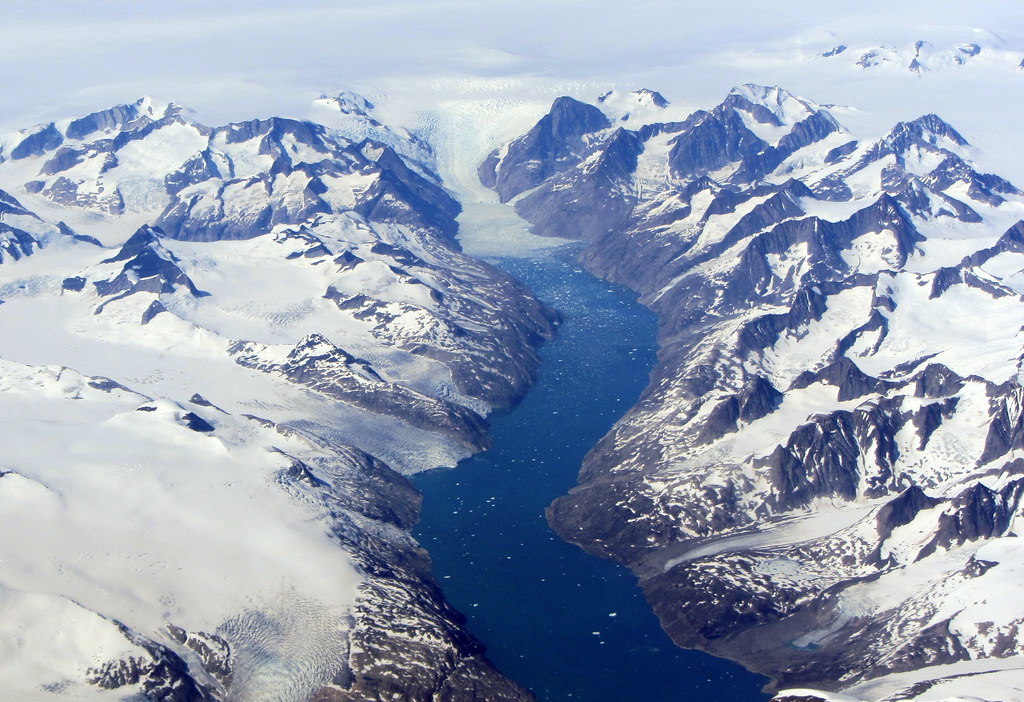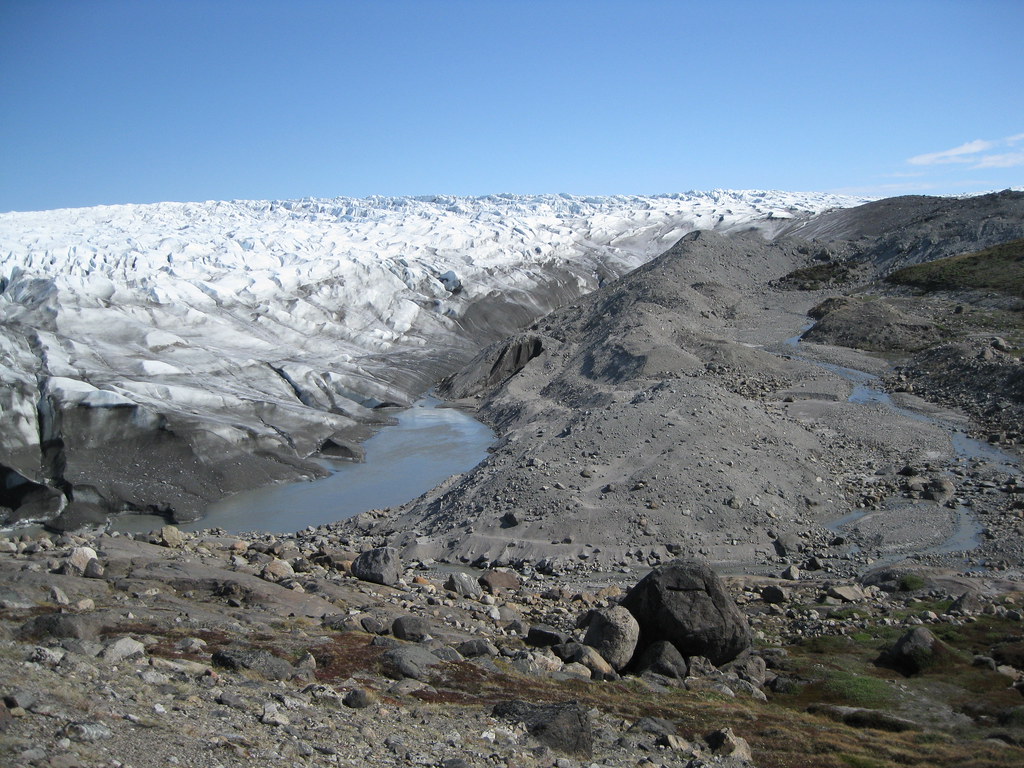Featured image: Gravel and rocks crushed by the Greenland Ice Sheet. Image courtesy PennStateNews, used with permission.
Paper: Large subglacial source of mercury from the southwestern margin of the Greenland Ice Sheet
Authors: Jon R. Hawkings, Benjamin S. Linhoff, Jemma L. Wadham, Marek Stibal, Carl H. Lamborg, Gregory T. Carling, Guillaume Lamarche-Gagnon, Tyler J. Kohler, Rachael Ward, Katharine R. Hendry, Lukáš Falteisek, Anne M. Kellerman, Karen A. Cameron, Jade E. Hatton, Sarah Tingey, Amy D. Holt, Petra Vinšová, Stefan Hofer, Marie Bulínová, Tomáš Větrovský, Lorenz Meire, Robert G. M. Spencer
The Greenland Ice Sheet is melting at an astounding rate as our planet continues to warm. Mercury levels in the glacial meltwater traveling into the ocean are the highest levels ever measured in natural systems and rival heavily polluted rivers in Asia. By measuring and tracing mercury in the meltwater, Hawkings and coworkers estimated that the Greenland Ice Sheet contributes up to 10% of all mercury found in Earth’s Oceans today. Where is this mercury coming from within the Greenland Ice Sheet? It is not actually coming from the ice itself, but rather the rocks that have been crushed under the immense weight of the Ice Sheet over thousands of years.
Ice sheets and glaciers are remarkably dense, and they grind and dissolve minerals from the rocks they reside on. The colloquial expression “glacial pace” originates from the slow grinding movements of ice sheets and glaciers as they creep along over rock, wearing and tearing the boulders into gravel and dust. All minerals and ground rock are stored within, under, or around the ice as the ice sheets and glaciers remain frozen. However, the loss of these ice structures also flushes all those minerals downstream with the meltwater. Specifically, the Greenland Ice Sheet resides on ancient sediments that contain the mercury-rich mineral cinnabar, which is now being transported into the Atlantic Ocean as that ice sheet melts.

The meltwater of the Greenland Ice Sheet does have to journey some distance before reaching the ocean–so, does all the mercury from rocks far inland actually make it to the Atlantic? The ice sheet and glaciers lose their meltwater to fjord systems, or deep river valleys. These river valleys travel for several miles through winding and complex island and mountain structures. Gradually these rivers merge with the saltwater from the ocean, creating an environment that has a slowly increasing proportion of saltwater from freshwater over several miles. The chemical compounds within saltwater may react with the minerals in the freshwater and alter how they may interact with the ecosystem. Hawkings and colleagues traced this path and found that the levels of mercury were sustained, even at the full transition to saltwater.
If you are a regular consumer of seafood, you may be familiar with mercury. Mercury is a toxic element capable of bioaccumulating in seafood, and is a great environmental, socioeconomic, and health concern as anthropogenic pollution continues to worsen1. Hawkings and coworkers have shown that the Greenland Ice Sheet, melting rapidly in a warming climate, is a major source of oceanic mercury. Ecosystem impacts from this toxic element are happening now, and Hawkings and colleagues’ work highlights the urgency of understanding the multifaceted impacts of climate change and anthropogenic warming on our modern planet.
1US EPA, O. (2014). Mercury Emissions: The Global Context. US EPA. Available at: https://www.epa.gov/international-cooperation/mercury-emissions-global-context [Accessed June 11, 2021].
Mercury on the Move by Jessica Buser-Young is licensed under a Creative Commons Attribution-ShareAlike 4.0 International License.

